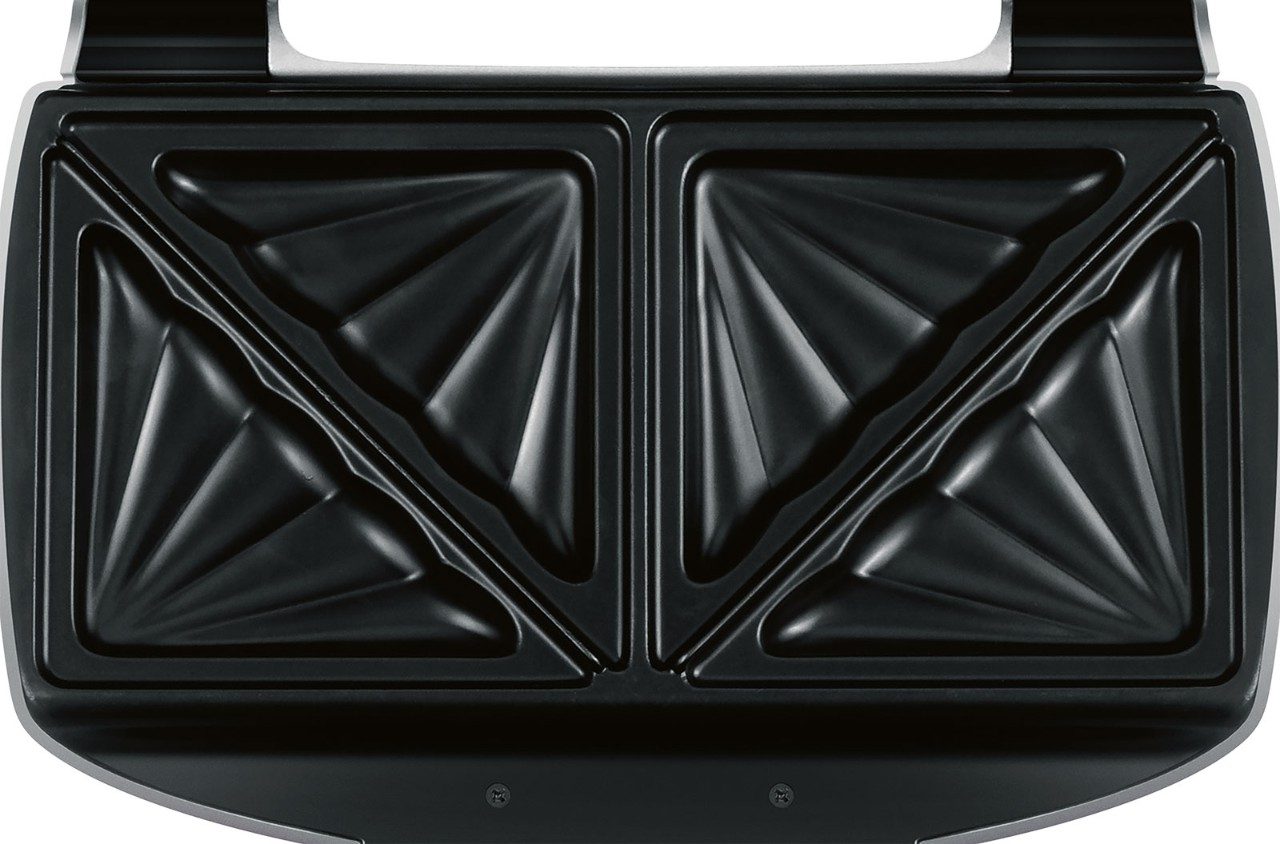Why the Breville Jaffle Maker Is Still Resonating Today

The electric jaffle maker created a much-loved, uniquely Australian take on the toasted sanger.
It might seem odd for an electrical appliance to inspire as much misty-eyed affection as the Breville sandwich press does but childhood memories (and melted cheese) will do that. “A lot of us grew up with them,” says Breville’s design and innovation director, Richard Hoare. “Coming home from school and having something delicious – you're going to remember that, right?"
Since the mid-1970s, the Breville jaffle maker has been a kitchen workhorse. Filled with everything from leftover bolognese to baked beans, the triangles of gooey goodness were even known as “brevilles”, especially in Sydney and the United Kingdom.
It all began when friends Bill O’Brien and Harry Norville, a radio salesman and engineer respectively, joined surnames to start the Breville company in Sydney in 1932. Almost 42 years later, the Snack ‘n’ Sandwich Toaster was launched in 1974. It was a runaway success, reportedly selling 400,000 in the first year and making its way into 10 per cent of the nation’s households. A step up from the hand-held jaffle iron, which was invented by a Bondi doctor in 1949 and used over open flames, the toaster was influenced by electric waffle irons and sandwich grills that had been around since the 1920s. The design evolved, notably with its “scissor action” in 1976, which cut each sandwich in half.
The jaffle maker fell out of favour as café-goers embraced focaccias and panini in the 1990s but it had a resurgence about a decade ago, when jaffles took on a retro appeal, and now they even pop up in cool eateries (Sydney’s Lankan Filling Station and Melbourne’s Her).
In 2014, Breville marked the jaffle maker’s 40th anniversary with the Original 74’ ($140), a premium version with bigger plates to fit modern super-sized bread. It was an unexpected hit but Hoare isn’t surprised. “There’s nothing like that caramelised cheese around the outside.” Nearly half a century later, the Aussie invention is still feeding hungry hordes.


